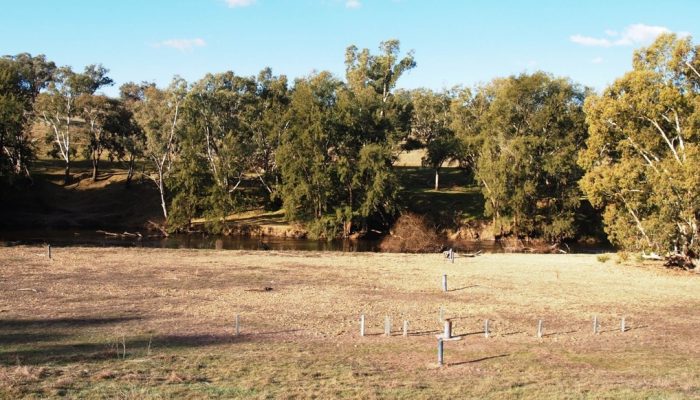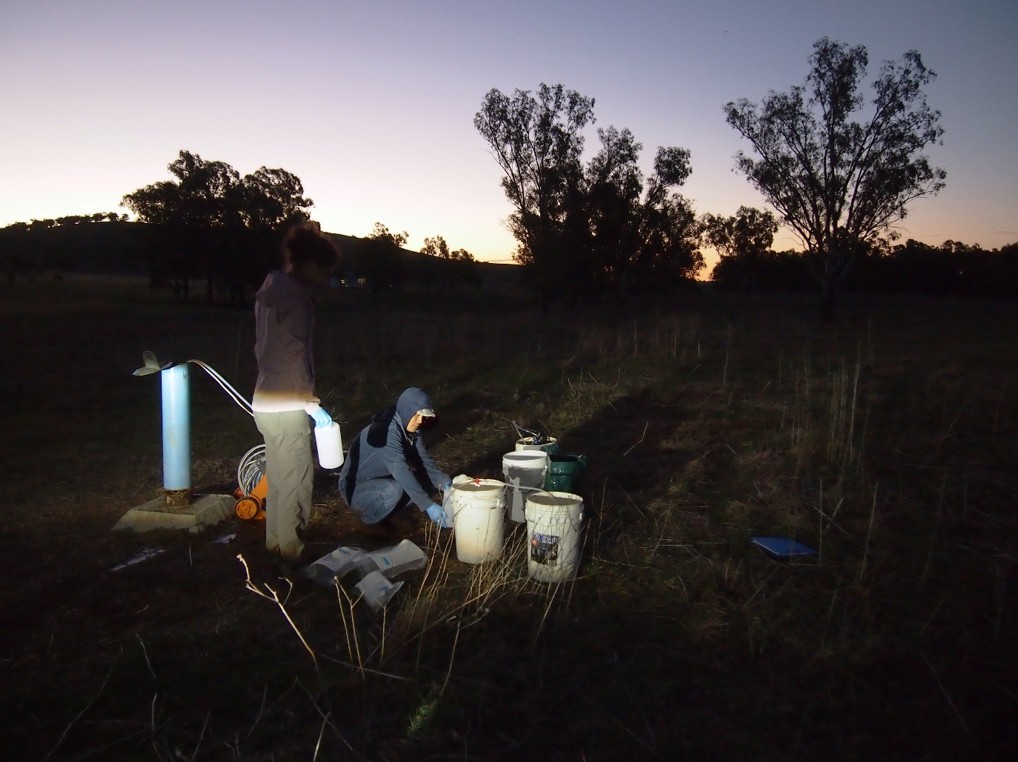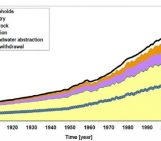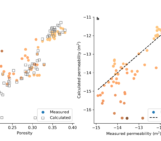
Post by Andy Baker, Professor researching groundwater, caves, past climate, organic carbon and more at the University of New South Wales, in Australia.
__________________________________________________
We know a lot about the carbon cycle, right? Increased carbon dioxide emissions since the Industrial Revolution have perturbed the carbon cycle. This has led to rising atmospheric carbon dioxide levels and climate change.
Not all this extra carbon accumulates in the atmosphere as carbon dioxide. Carbon sequestration is also occurring, for example in the oceans and terrestrial biosphere. All the carbon fluxes and stores on the planet must balance. In recent years there has been a hunt within the terrestrial system to quantify some missing carbon, such as the particulate organic carbon in river systems and dissolved organic carbon in glaciers.
So, what about groundwater? Could this be a previously unrecognised source or sink of carbon? We already know that the global volume of groundwater of 1.05 x 1019 litres is the world’s biggest source of freshwater. But groundwater natural organic carbon concentrations are low: typically, 1 part per million (ppm). This means that the global groundwater organic carbon store is just 10.5 x1015 g. For comparison, rivers are estimated to sequester this amount in just four years. Basically, there’s no significant store of organic carbon in groundwater.
But hold, on, this raises another puzzle, which is: where has all the organic carbon gone? Groundwater is recharged from rivers and from rainfall. Rivers have much more dissolved organic carbon than the 1 ppm found in groundwater. And the recharge from rainfall passes through the soil. And soil leachates also have much higher dissolved organic carbon concentrations than groundwater. So, despite the high concentrations of organic matter in the soil and rivers, most of this organic matter is ‘lost’ before reaching the groundwater. Is it biologically processed (and therefore a potential source of carbon dioxide)? Or is it sorbed to mineral surfaces (and therefore a potential sink of carbon)? Most likely, both processes occur in competition.
Groundwater organic matter: a carbon source or sink? We don’t know. But a few groups are working on the puzzle. For example, our group at UNSW Sydney is collecting groundwater samples and measuring organic carbon sorption to minerals, and microbial use. In the USA, groundwater data has been mined to understand the rate of loss of organic carbon in groundwater. This December, river and groundwater experts come together at the AGU Fall Meeting to share our understanding. Not least because surface and groundwater are interconnected systems.

Collecting groundwater samples to understand whether organic matter is a carbon source or sink. Long field days at the UNSW Wellington Research Station mean the final sample is often collected at dusk.
__________________________________________________

Andy Baker is the Director of Research and UNSW’s School of Biological, Earth and Environmental Sciences. His research interests include hydrology, hydrogeology, cave and karst research, paleoclimatology, and isotope and organic and inorganic geochemistry. You can find out more information about Andy at any of the links below:





Admin Husic
Dr. Baker, great post! I think I can try and contribute to answering the question of whether groundwater organic matter is a carbon source or sink (well, at least with regards to karst aquifers). I recently published a set of companion papers in the Journal of Hydrology (“Sediment carbon fate in phreatic karst”), that address the issue of particulate organic carbon in karst conduits. My results indicate that 30% of POC is lost during temporary storage within karst aquifers (from input via swallets to discharge at springs). This is particularly surprising given that many low-order surface-dominated systems show a longitudinal increase in carbon content due to in-stream autotrophic growth (for example, an adjacent immature karst watershed showed a 50% enrichment in POC vs. the 30% loss we saw in the mature karst system).
I’m also attending the AGU conference this December! Hopefully we’ll be able to discuss this further. I find karst systems fascinating in their complexity and how relatively little we know about them.
You can find the papers I authored on my ResearchGate profile at: https://www.researchgate.net/profile/Admin_Husic